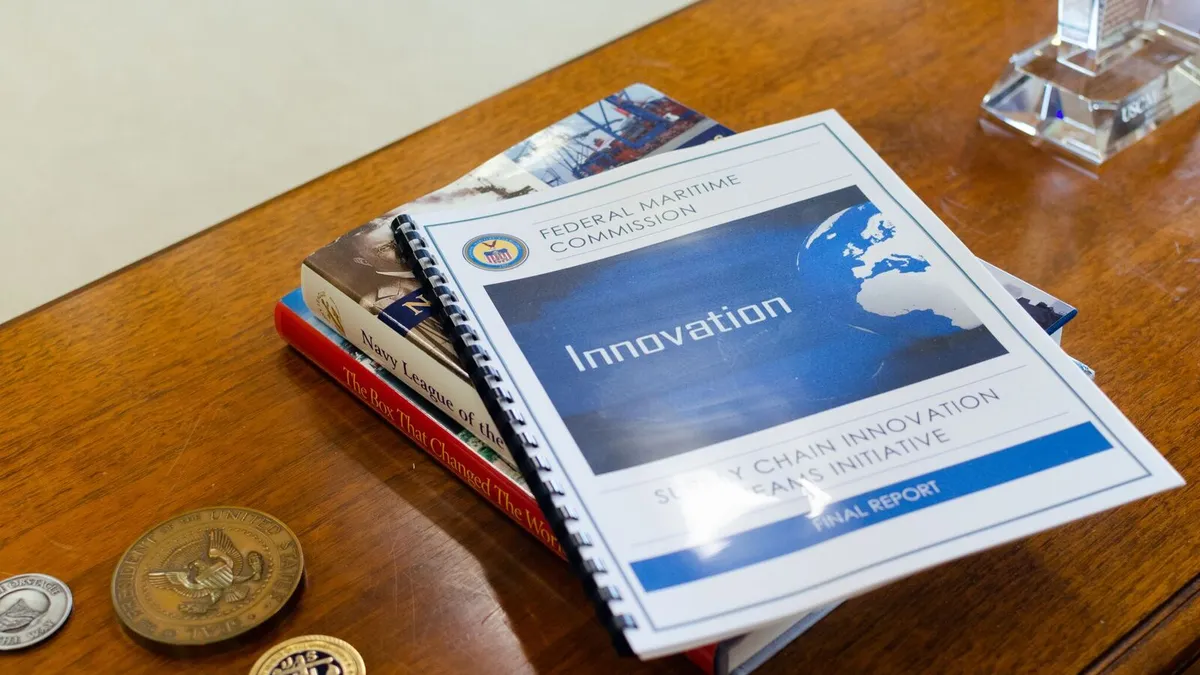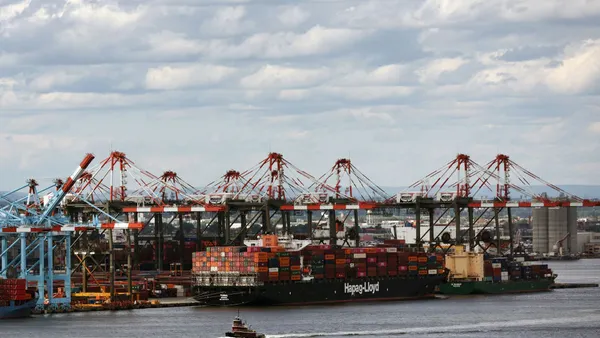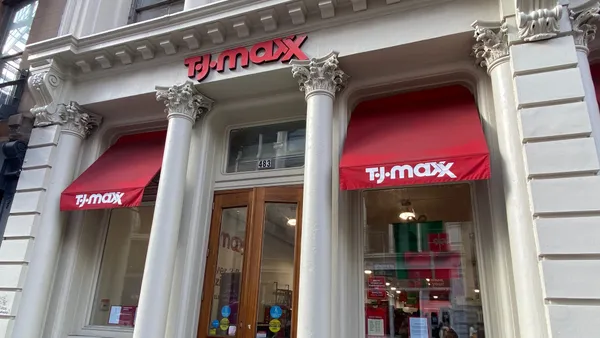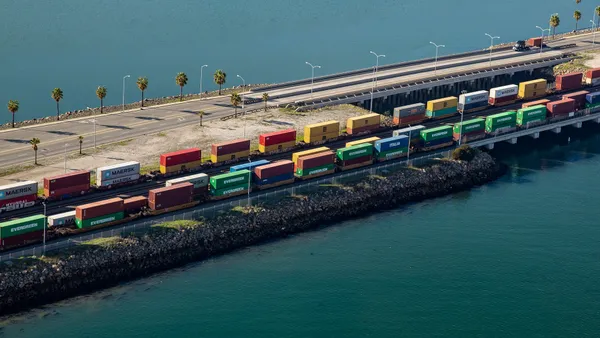Dive Brief:
- The Federal Maritime Commission said Thursday it is considering an emergency order that would require shipping lines and marine terminal operators to directly share cargo throughput and availability data with shippers, truckers and railroads.
- The agency is asking supply chain stakeholders to weigh in on whether congestion “has created conditions warranting the issuance of an emergency order.” The order would last no more than 60 days before it would have to be renewed.
- The move follows the passage of the Ocean Shipping Reform Act, which expanded the FMC’s powers to regulate the ocean shipping industry. Stakeholders have until Sept. 14 to submit comments, according to a Federal Register notice.
Dive Insight:
The emergency order is part of a federal push to further regulate maritime shipping activities to ease congestion and mitigate rising costs.
In fact, the FMC was required to consider the data-sharing order as part of the Ocean Shipping Reform Act of 2022. Specifically, the law asked the agency to consider whether an emergency order is warranted, whether any specific geographic areas should be targeted, and how long the order should last.
The FMC had until Aug. 15, 2022, to publish a notice on the Federal Register on data-sharing. It’s one of several enforcement actions the FMC has taken since the shipping reform law was enacted.
The agency was investigating data-sharing issues in maritime shipping even before the law was passed. In a series of listening sessions earlier this year, supply chain stakeholders told the FMC problems with data availability, accuracy and standards that were limiting visibility into ocean shipping and hampering cargo flow.
The FMC hopes increased data sharing will improve efficiencies in transportation, loading and unloading cargo, according to its public notice.
Over the past few years industry stakeholders have used a variety of tactics to reduce congestion, the FMC wrote. Shipping lines, for example, have focused on diverting cargo to less congested areas. But while the tactic has helped ease some bottlenecks, it has also led to increased congestion elsewhere.
“Total U.S. port congestion, measured by the number of containers on ships waiting to berth, average ship waiting time at key U.S. ports, and container dwell time have all decreased in recent months,” the FMC wrote. “Relevant metrics, however, remain higher than pre-pandemic levels.”















